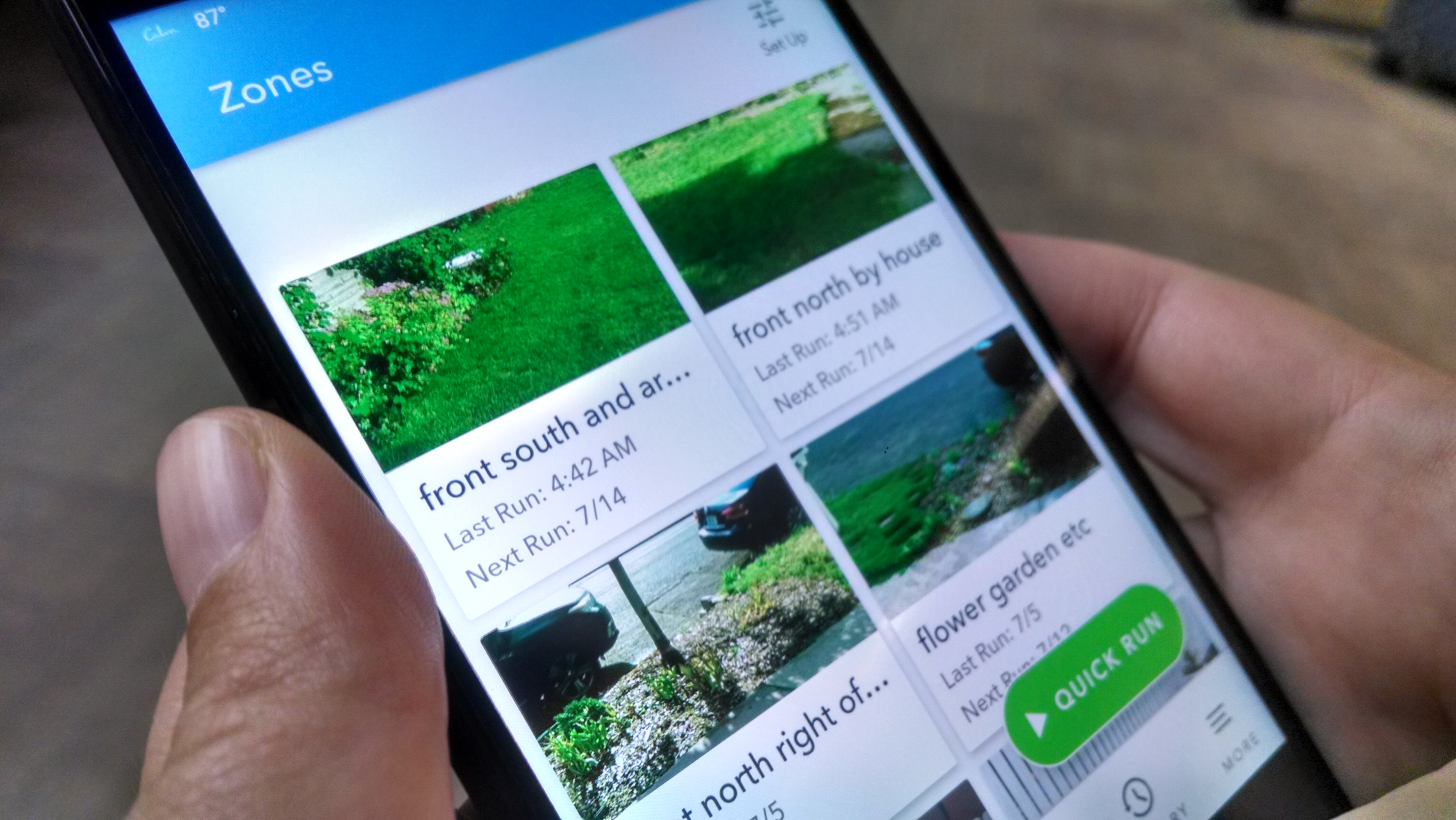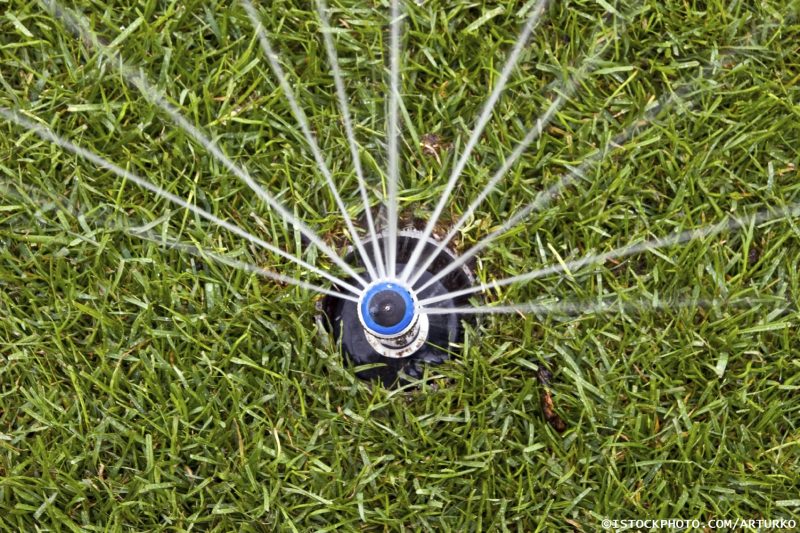
5 things I love about my smart sprinkler clock
A few years ago, I got a new WaterSense-labeled Smart Irrigation Controller for my yard.
That’s the fancy, official name, but don’t be fooled. It’s really just a sprinkler clock that responds to local weather patterns and helps me water my yard more efficiently.
I had a sprinkler controller before, but I felt like it was from the 19th century. A quick piece of history: Denver voters created what became Denver Water in 1918.
I wanted to operate my sprinklers the way I do other things in my life — easily, remotely and when I want to. Like online banking.
July is traditionally a time of high water use. It’s hot, and our lawns and landscapes need water. The national Irrigation Association has proclaimed July as Smart Irrigation Month to encourage efficient water use.
So, in honor of that, here are the top five things I love about my smart sprinkler controller.
- It’s convenient!
I can control my sprinkler system from anywhere using an app on my phone. No more changing times and zones by standing in front of the old sprinkler timer in my garage (after finagling my way through the pile of tools and dodging the creepy crawlies). I can turn it on and off, check the zones or adjust the schedule from anywhere I have a network connection.
- It was easy to install and set up.
This took about 30 minutes to complete. I attached the wires from the old controller to the new one, connected it to my home Wi-Fi and paired it with my phone. Then the app for the controller walked me through identifying the different irrigation zones throughout my yard and connected to a nearby weather station so it could adjust the watering schedule based on the conditions.
- It really is smart.
There is a science to watering efficiently and the smart controller app asks you all kinds of questions. This helps the controller figure out how much water each zone needs so you get the best results for your landscape.
For instance, the app asked me to:
- Name each zone, test it and take a picture of the area it waters. The picture makes it easier for me to know which zone is which.
- Tell it what kinds of plants are in each zone, such as grass, trees or xeriscape, since different plant types need different amounts of water.
- Tell it how much sun or shade each area gets so it can water more or less to compensate.
- Indicate if the area is sloped, which can dictate how much water can be applied before it runs off.
- Tell it what kind of soil is there, such as clay, sand, or loam, which indicates how much water can be easily absorbed during a single watering cycle.
- It engages me in a non-annoying way.
The controller sends me notifications on my phone. The app tells me when the water will turn on, or when the water isn’t going on because it rained, or is raining or will rain soon. The smart irrigation controller also has made me more aware and more appreciative of how much water is needed to sustain a landscape in Denver.
- It makes sure I’m not “that person.”
You know that person, the one who doesn’t know she has a broken sprinkler head because she doesn’t test her sprinklers regularly because it’s such a pain to get to the controller in the garage. (See above re: Creepy crawlies.)
That’s not me.
I can easily and routinely check for problems in the sprinkler system using the controller’s “quick run” feature that cycles through each zone for a minute or two — just long enough for me to check that everything is working correctly.
For example, the last time I mowed I unknowingly knocked a sprinkler head pretty good. Fixing it only took a few minutes, but if I hadn’t checked the system, my grass would have suffered while my garage wall would have been well watered. (Oops!)
Another time, one of the zones had a broken sprinkler head. I didn’t have time to fix the head immediately, but still needed to water the rest of my landscape. With a quick click of the app, I was able to shut down the zone with a broken head while the other zones continued to run during their regularly scheduled times.
Thinking about getting one? My advice:
Smart sprinkler clocks have moved beyond the early-adopter crowd as the technology has improved. Whether you go for the basic or fancy models, they’re widely available and affordable at hardware stores, online retailers and irrigation-related businesses. Pick a controller that works for you.
Make sure to look for the WaterSense label on the package, to ensure it meets the strict specifications and performance standards for efficient water use products set by the Environmental Protection Agency. Denver Water also offers rebates for WaterSense-labeled controllers.


